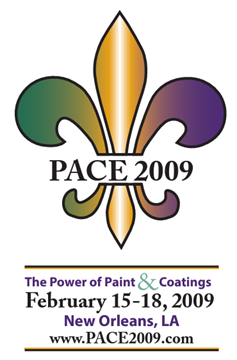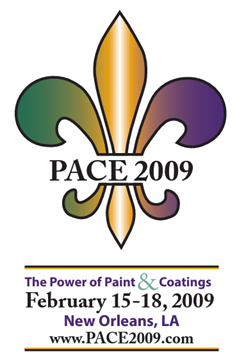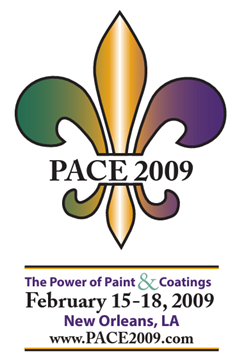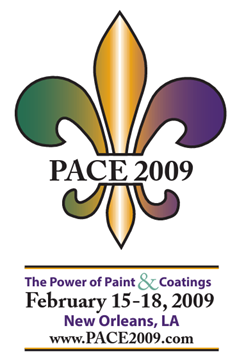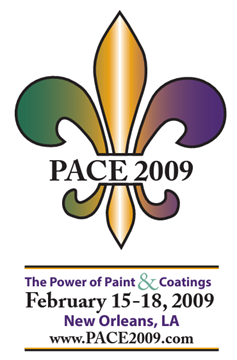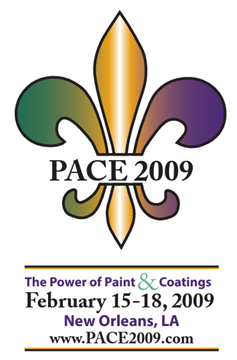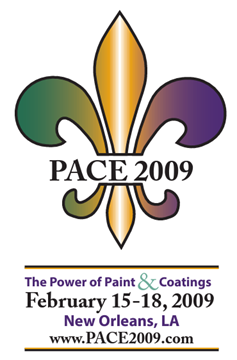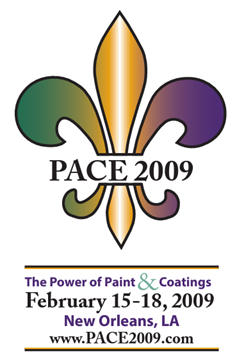Search
Products tagged with '2009 Conference Papers'
View as
Sort by
Display
per page
Drying a Ultra High Pressure Water Jet Project at Netune Terminals Vancouver Harbour
Product Number:
41209-494-SG
Publication Date:
2009
$20.00
Energy Efficiency – How to Build a Dry House
Product Number:
41209-474-SG
Publication Date:
2009
$20.00
Evaluation of Applied Film Thickness for Polyurea Thick-Film Elastromeric Coating/Lining Systems
Product Number:
41209-501-SG
Publication Date:
2009
$20.00
Exterior Wind Tower Coatings: A balance of Production, Protection and Profitability
Product Number:
41209-489-SG
Publication Date:
2009
$20.00
Flexing’ its Muscle: A High Build Elastomer Enhances a Water Treatment Process
Product Number:
41209-484-SG
Publication Date:
2009
$20.00
Galvanic Drilling and Problems with Coating Dissimilar Metals in Corrosive Environments
Product Number:
41209-508-SG
Publication Date:
2009
$20.00
Green Energy Conservation of DoD Ships and Offshore Platforms
Product Number:
41209-495-SG
Publication Date:
2009
$20.00
High Performance Zero VOC Water Borne Acrylic Topcoat
Product Number:
41209-521-SG
Publication Date:
2009
$20.00
How Blast and Coat Climate Control Equipment Restored Prominent Facilities in New Orleans Post-Katrina
Product Number:
41209-507-SG
Publication Date:
2009
$20.00


